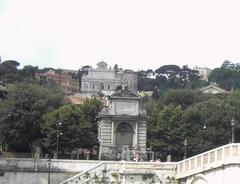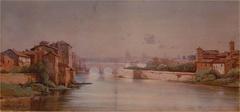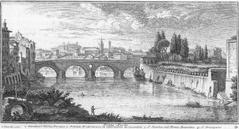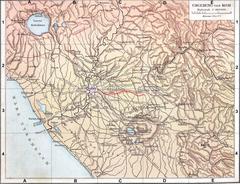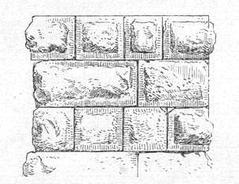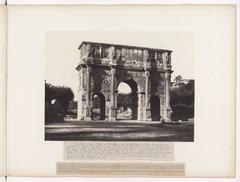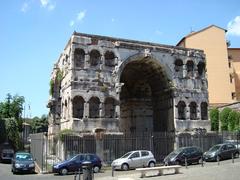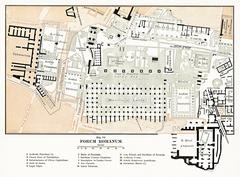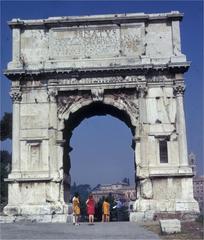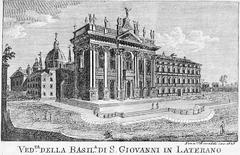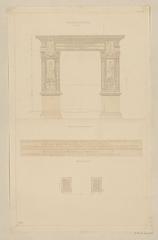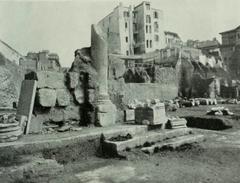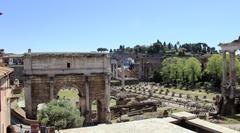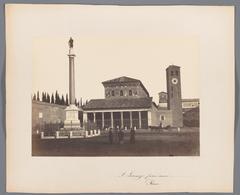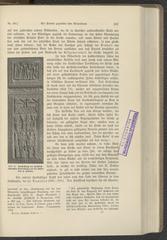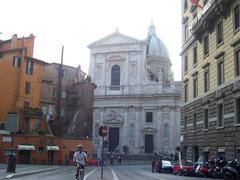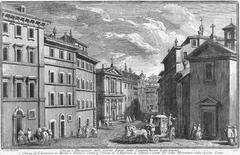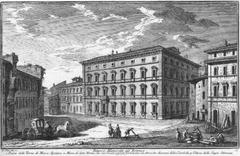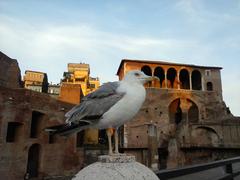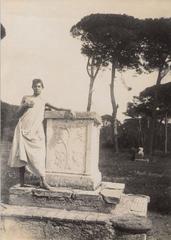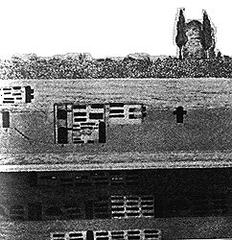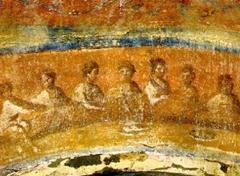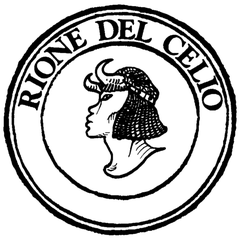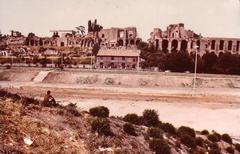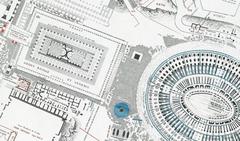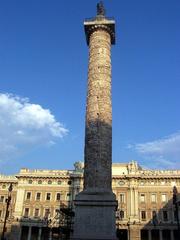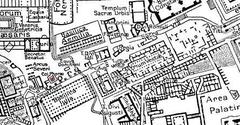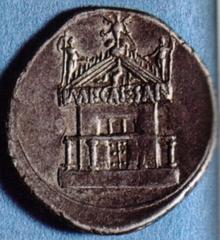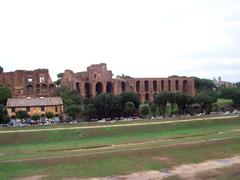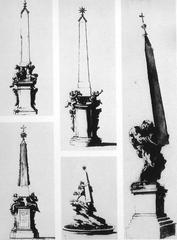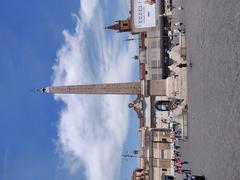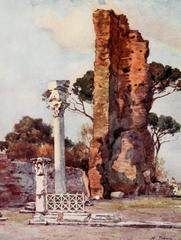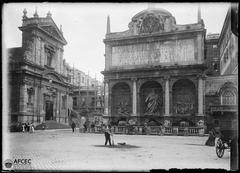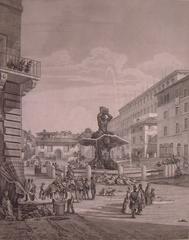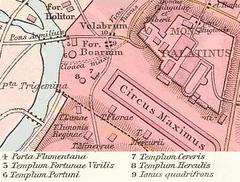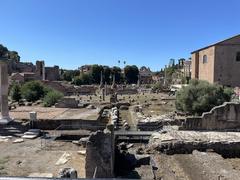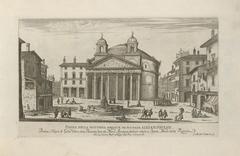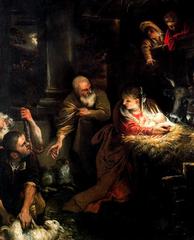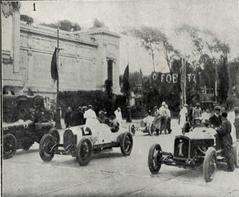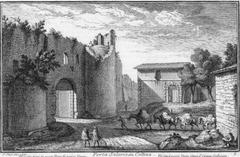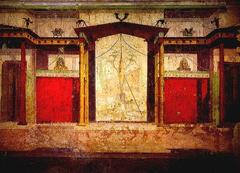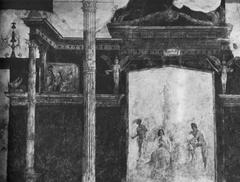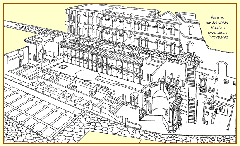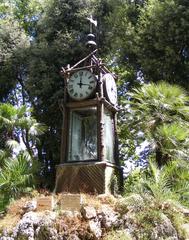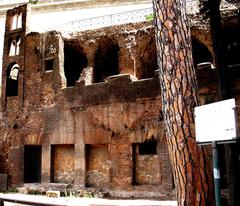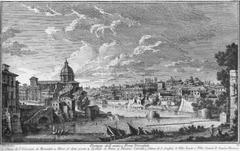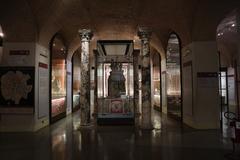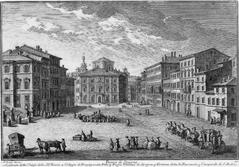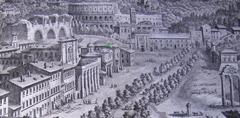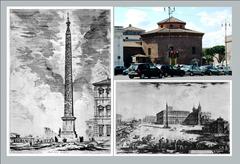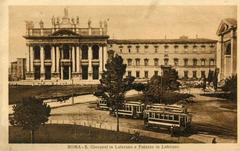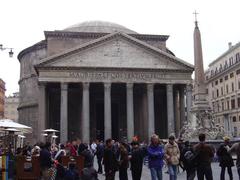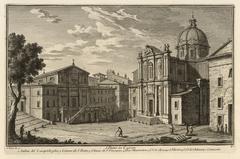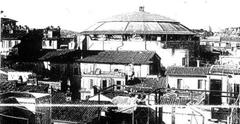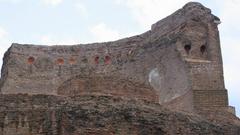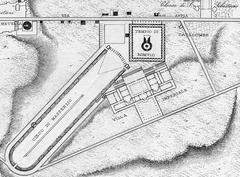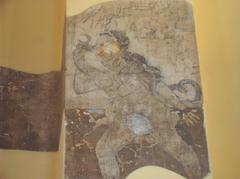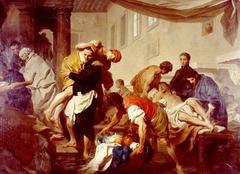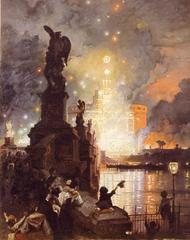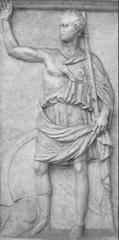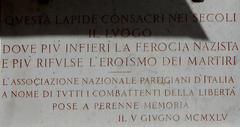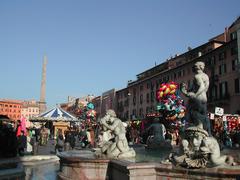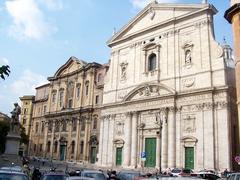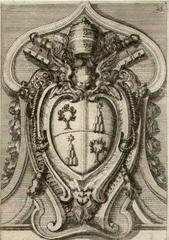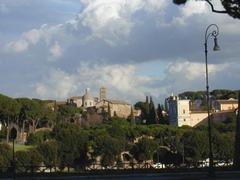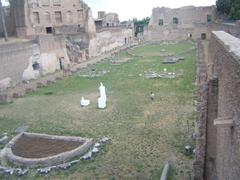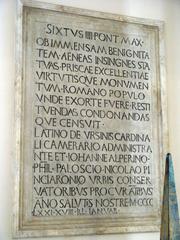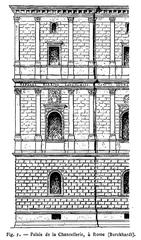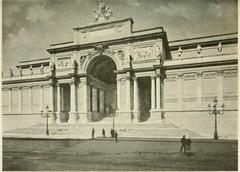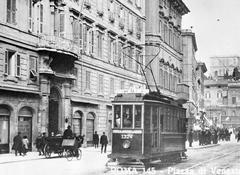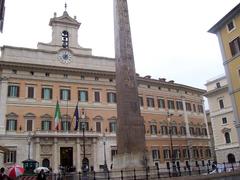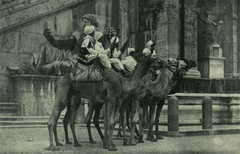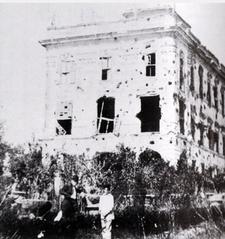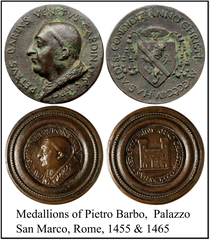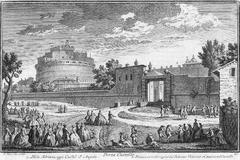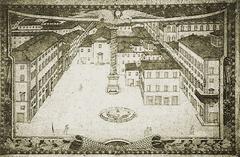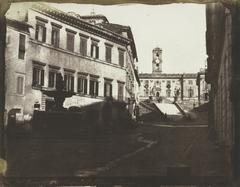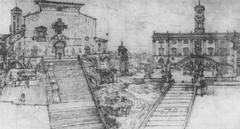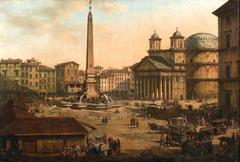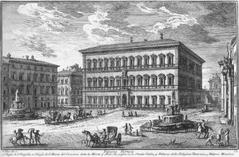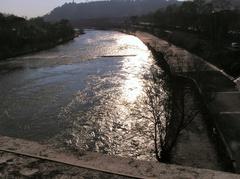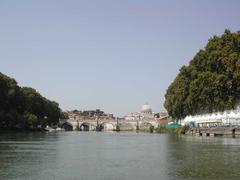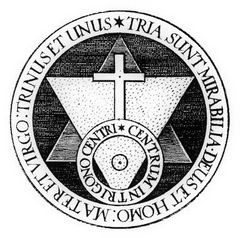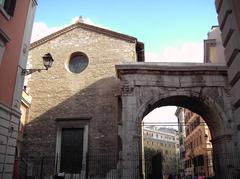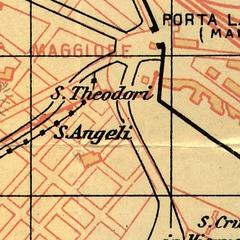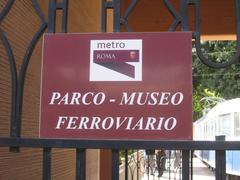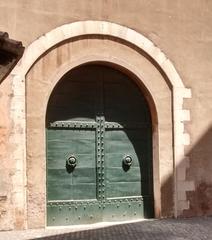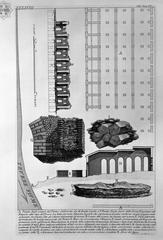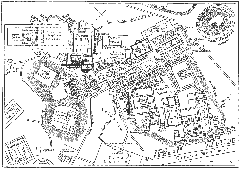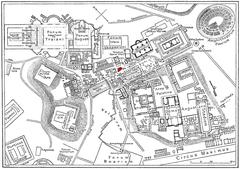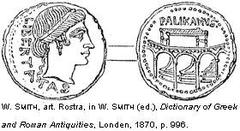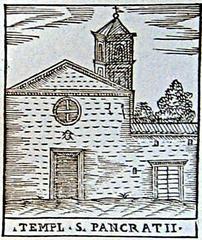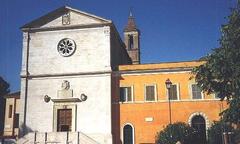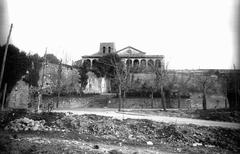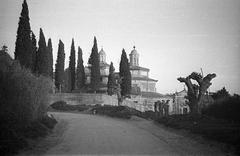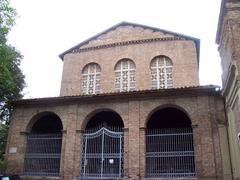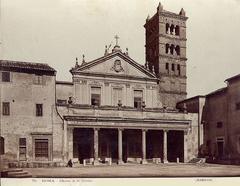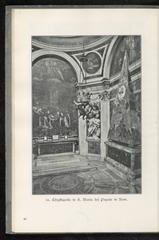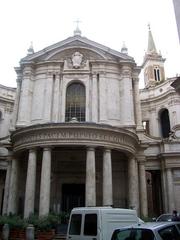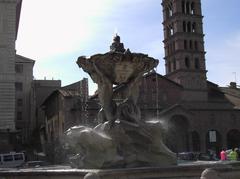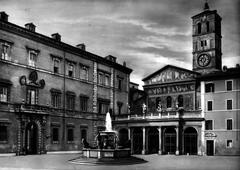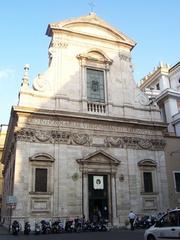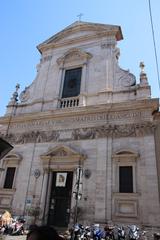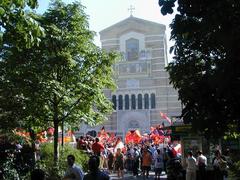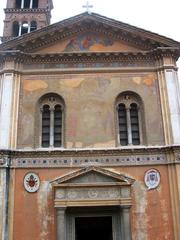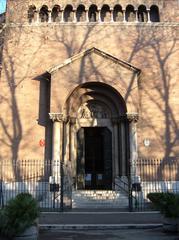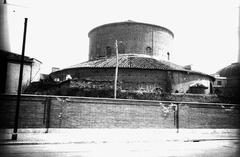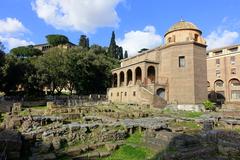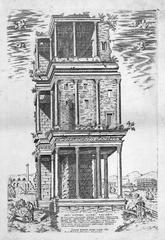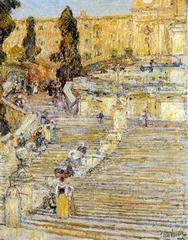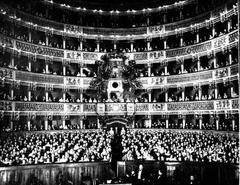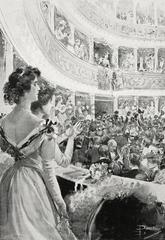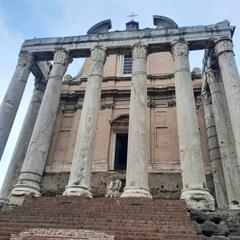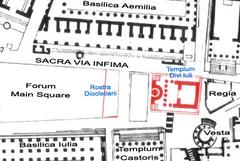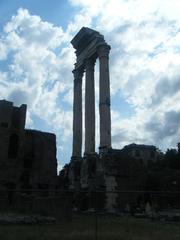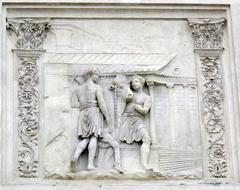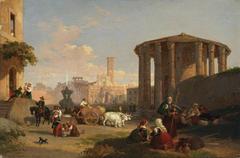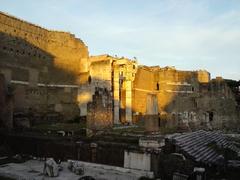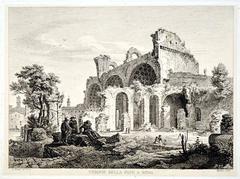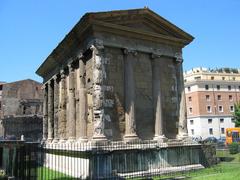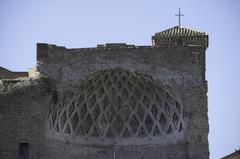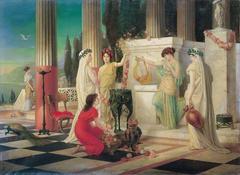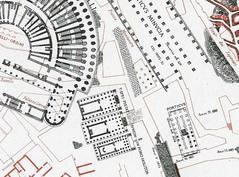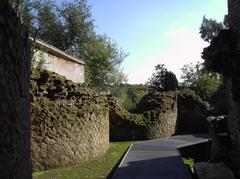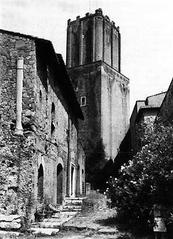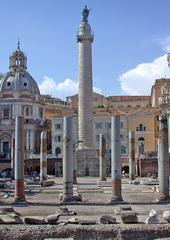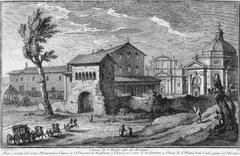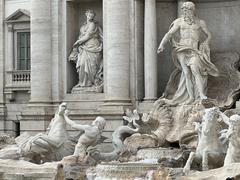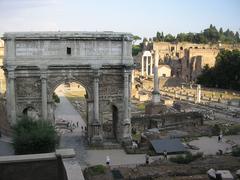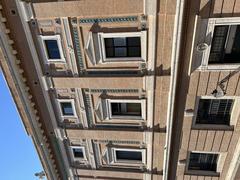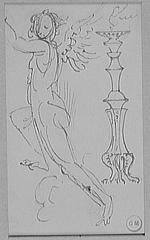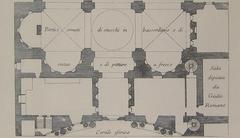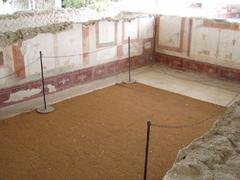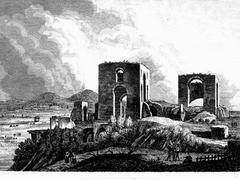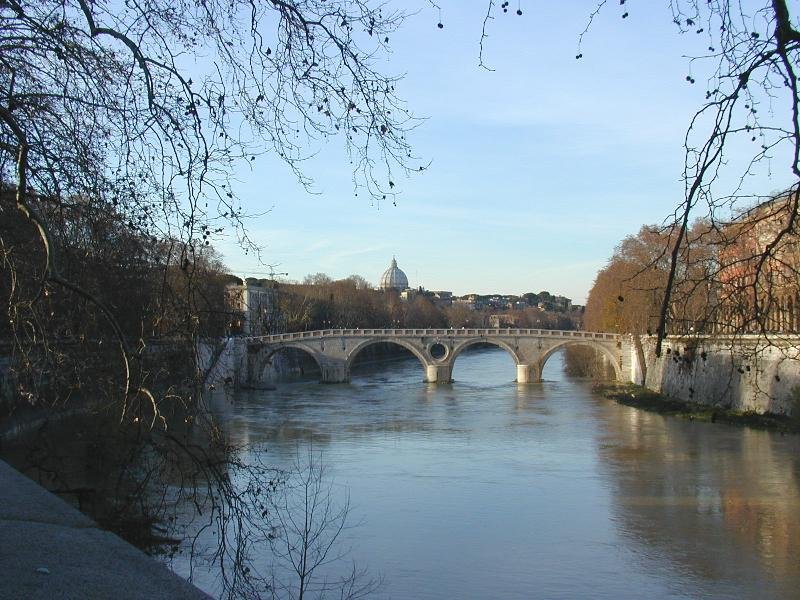
Visiting Ponte Sisto in Rome: History, Tips, and Visitor Information
Date: 17/07/2024
Introduction
Ponte Sisto is one of Rome’s most iconic landmarks, offering a unique blend of historical significance, architectural beauty, and cultural importance. This pedestrian bridge spans the Tiber River, connecting the bustling Trastevere neighborhood with the heart of Rome’s historic center. Originally constructed in 147 AD under Emperor Marcus Aurelius as the Pons Aurelius, the bridge has witnessed centuries of transformation and renewal (Rome Art Lover). Today, Ponte Sisto stands as a testament to Rome’s architectural ingenuity and its ability to seamlessly blend the ancient with the contemporary. This guide will delve into the bridge’s rich history, architectural features, and practical visitor information, making it an essential read for anyone planning to explore this remarkable structure.
Table of Contents
- Introduction
- Origins and Construction
- Medieval Decline and Reconstruction
- Architectural Features
- Renaissance and Baroque Periods
- Modern Era and Preservation
- Cultural Significance
- Notable Events
- Visitor Information
- Travel Tips
- FAQ
- Conclusion
- Sources
Origins and Construction
Ponte Sisto’s origins date back to ancient Rome, where it was initially constructed under the reign of Emperor Marcus Aurelius in 147 AD. This original structure, known as the Pons Aurelius, was part of the city’s extensive network of bridges and roads that facilitated trade and movement across the empire (Rome Art Lover).
Medieval Decline and Reconstruction
The Pons Aurelius suffered significant damage over the centuries, particularly during the medieval period. By the 8th century, the bridge had fallen into disrepair, and by the 12th century, it was largely unusable. The structure was further compromised by a devastating flood in 792 AD, which left it in ruins (Rome Art Lover).
In the 15th century, Pope Sixtus IV, known for his extensive urban renewal projects, commissioned the reconstruction of the bridge. The new bridge, completed in 1479, was named Ponte Sisto in his honor. This reconstruction was part of a broader effort to improve the infrastructure of Rome, which included the construction of the Sistine Chapel and the Vatican Library (Rome Art Lover).
Architectural Features
Ponte Sisto is renowned for its elegant design and engineering. The bridge features four arches, with the central arch being the largest. One of the most distinctive features of Ponte Sisto is the circular oculus, or “eye,” located in the central pier. This oculus serves both an aesthetic and practical purpose, allowing water to flow through during floods, thereby reducing pressure on the bridge’s structure (Rome Art Lover).
The bridge is constructed primarily of travertine and tuff, materials commonly used in Roman architecture. The use of these materials not only provides durability but also gives the bridge its characteristic appearance, blending seamlessly with the surrounding historic architecture of Rome (Rome Art Lover).
Renaissance and Baroque Periods
During the Renaissance and Baroque periods, Ponte Sisto became an important thoroughfare for pilgrims traveling to St. Peter’s Basilica. The bridge’s strategic location made it a vital link between the Vatican and the rest of the city. It also played a significant role in the urban development of the Trastevere district, which grew into a bustling area known for its artisans and merchants (Rome Art Lover).
Modern Era and Preservation
In the modern era, Ponte Sisto has undergone several restoration projects to preserve its historical and architectural integrity. The most significant restoration took place in the late 19th century, when the bridge was reinforced to accommodate increased traffic. Further restoration efforts in the 1990s focused on preserving the bridge’s original materials and design, ensuring that it remains a testament to Rome’s rich history (Rome Art Lover).
Today, Ponte Sisto is a pedestrian-only bridge, providing a scenic and tranquil crossing over the Tiber River. It is a popular spot for both locals and tourists, offering stunning views of the river and the surrounding cityscape. The bridge’s historical significance and architectural beauty make it a must-visit landmark in Rome (Rome Art Lover).
Cultural Significance
Ponte Sisto holds a special place in the cultural and social fabric of Rome. It has been featured in numerous works of art, literature, and film, symbolizing the enduring legacy of the city’s architectural and engineering prowess. The bridge is also a popular venue for cultural events and festivals, reflecting its continued importance in the life of the city (Rome Art Lover).
Notable Events
Throughout its history, Ponte Sisto has been the site of several notable events. In 1849, during the Roman Republic, the bridge was a key strategic point in the defense of the city against French forces. More recently, it has been the backdrop for various cultural and political demonstrations, highlighting its role as a gathering place for the people of Rome (Rome Art Lover).
Visitor Information
Visiting Hours
Ponte Sisto is open 24 hours a day, making it accessible for both early morning strolls and late-night walks.
Tickets
There is no entrance fee to visit Ponte Sisto, as it is a public pedestrian bridge.
Guided Tours
Several guided tours of Rome include a visit to Ponte Sisto, providing historical context and interesting anecdotes.
Best Spots for Photography
The central oculus and the views of the Tiber River from the bridge are perfect for capturing memorable photos.
Travel Tips
Nearby Attractions
While visiting Ponte Sisto, consider exploring nearby attractions such as the vibrant Trastevere district, Campo de’ Fiori, and Piazza Navona.
Accessibility
The bridge is pedestrian-only and easily accessible for people with mobility issues.
Best Time to Visit
Early mornings and evenings offer the most peaceful experiences and the best lighting for photography.
FAQ
Q: What are the visiting hours for Ponte Sisto?
A: Ponte Sisto is open 24/7.
Q: Is there an entrance fee for Ponte Sisto?
A: No, it is free to visit.
Q: Can I join a guided tour of Ponte Sisto?
A: Yes, several guided tours of Rome include a visit to Ponte Sisto.
Conclusion
Ponte Sisto stands as a remarkable example of Rome’s ability to blend ancient history with modern life. Its rich history, architectural beauty, and cultural significance make it an essential part of any visit to the Eternal City. Whether crossing the bridge to explore the vibrant Trastevere district or simply enjoying the view of the Tiber River, visitors to Ponte Sisto are sure to be captivated by its timeless charm (Rome Art Lover, Structurae, Rome.net, Wanted in Rome).
Sources
- Rome Art Lover (n.d.). Exploring Ponte Sisto - History, Visiting Hours, and Tips for Your Rome Visit. Rome Art Lover
- Structurae (n.d.). Ponte Sisto. Structurae
- Rome.net (n.d.). Ponte Sisto. Rome.net
- Art in Context (n.d.). Artistic Depictions. Art in Context
- Rome Reports (2020). Ponte Sisto Restoration. Rome Reports
- Wanted in Rome (n.d.). Ponte Sisto Summer Events. Wanted in Rome
- Sustainable Tourism in Rome (n.d.). Environmental Impact. Sustainable Tourism in Rome




